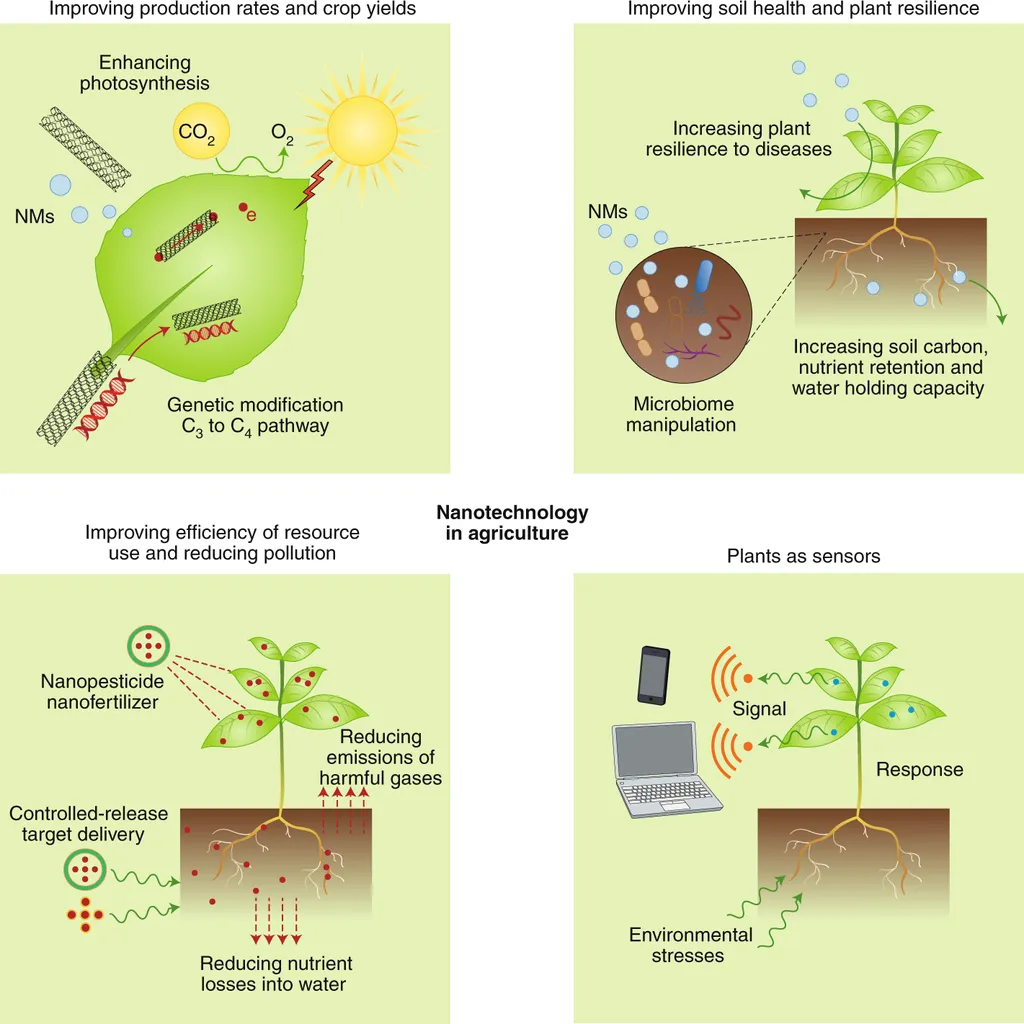In the rapidly evolving landscape of smart agriculture, a new study published in *Frontiers in Artificial Intelligence* (or in Chinese, *人工智能前沿*) sheds light on the critical role of data quality in the application of Artificial Intelligence Generated Content (AIGC). Led by Yingxue Ren from the Business School at Nankai University in Tianjin, China, the research highlights the challenges and solutions for improving data quality in smart agriculture, a sector increasingly reliant on advanced technologies for decision-making.
As China transitions from digital to smart agriculture, the integration of AIGC has introduced a host of data-related challenges that can significantly impact the efficiency and sustainability of agricultural practices. Ren and her team identified three primary issues: data noise, data fog, and data islands. “Data noise, in particular, can lead to biased decisions and resource wastage, which is a critical concern for precision agriculture,” Ren explains. This noise, often resulting from incomplete or inaccurate data, can skew the algorithms that drive smart agricultural systems, leading to suboptimal outcomes.
Data fog, another significant challenge, arises from the heterogeneity of data sources and weak correlations between them. “This fog complicates the decision-making process, making it difficult for systems to integrate and analyze data effectively,” Ren notes. The third issue, data islands, refers to the siloed nature of data development across different regions, hindering seamless data sharing and integration.
To address these challenges, the researchers proposed a comprehensive quality improvement approach inspired by the Juran quality improvement model. This three-phase methodology involves:
1. **Detection and Removal of Data Noise**: Advanced cleaning techniques and preprocessing methods are employed to identify and eliminate data noise, ensuring the accuracy and reliability of the data used in decision-making processes.
2. **Unified Data Standards and Formats**: Establishing standardized data formats and protocols facilitates seamless integration across diverse data sources, reducing the complexity and improving the efficiency of data analysis.
3. **Strengthening Agricultural Infrastructure**: Enhancing the infrastructure supporting smart agriculture is crucial for preventing data islands and promoting equitable data distribution. This includes investing in technology and infrastructure that enables better data sharing and collaboration.
The implications of this research are far-reaching, particularly for the energy sector, which is increasingly intertwined with agricultural practices. As smart agriculture becomes more data-driven, the quality of data will play a pivotal role in optimizing resource use, reducing environmental impact, and improving overall productivity. “By addressing these data quality challenges, we can enhance the decision-making capabilities of smart agricultural systems, leading to more sustainable and efficient practices,” Ren asserts.
The study offers a novel perspective on enhancing data quality in AIGC-driven smart agriculture, providing a roadmap for future developments in the field. As the agricultural sector continues to evolve, the insights from this research will be instrumental in shaping policies and practices that promote sustainable development and innovation.
In an era where data is king, the work of Ren and her team underscores the importance of robust data management in driving the future of smart agriculture. As the sector continues to grow, the lessons learned from this study will be invaluable in navigating the complexities of data quality and ensuring the success of AIGC applications in agriculture.

